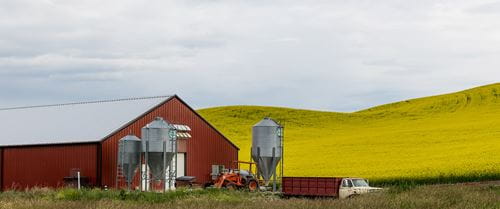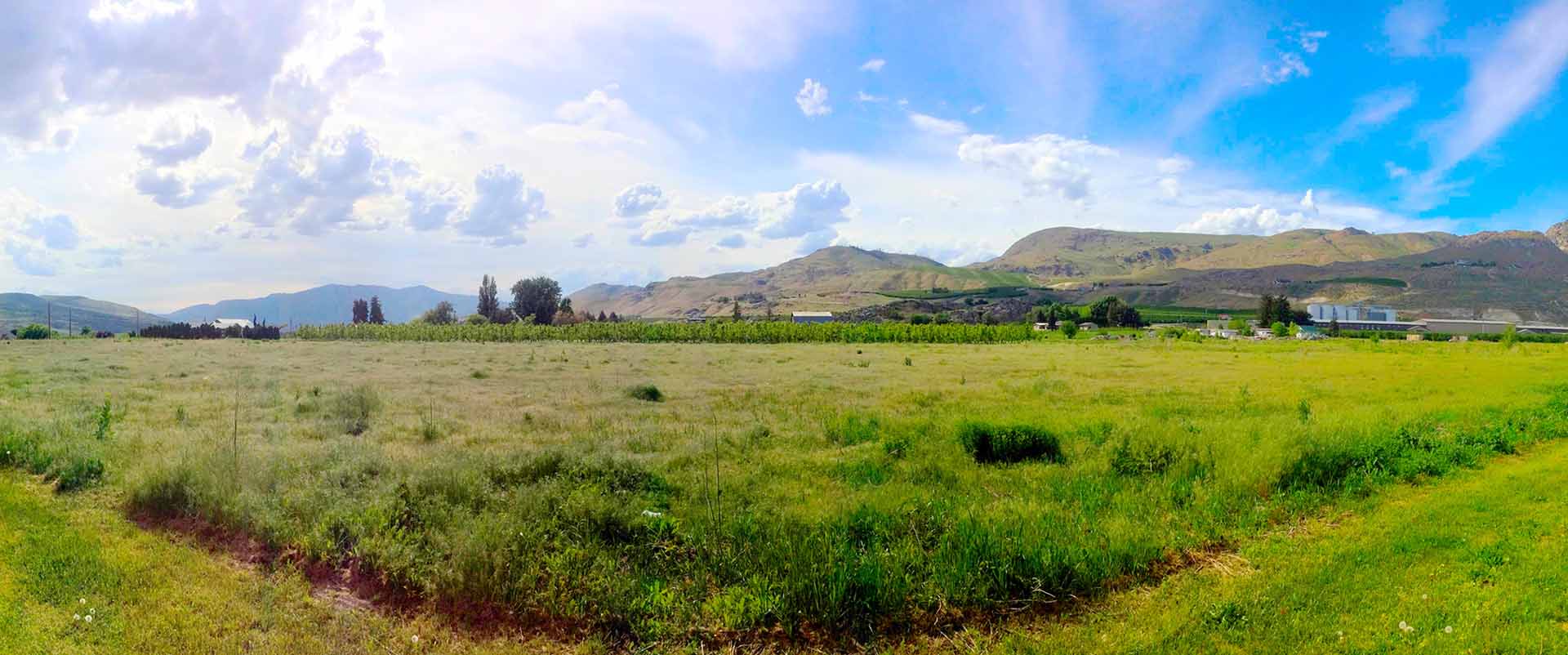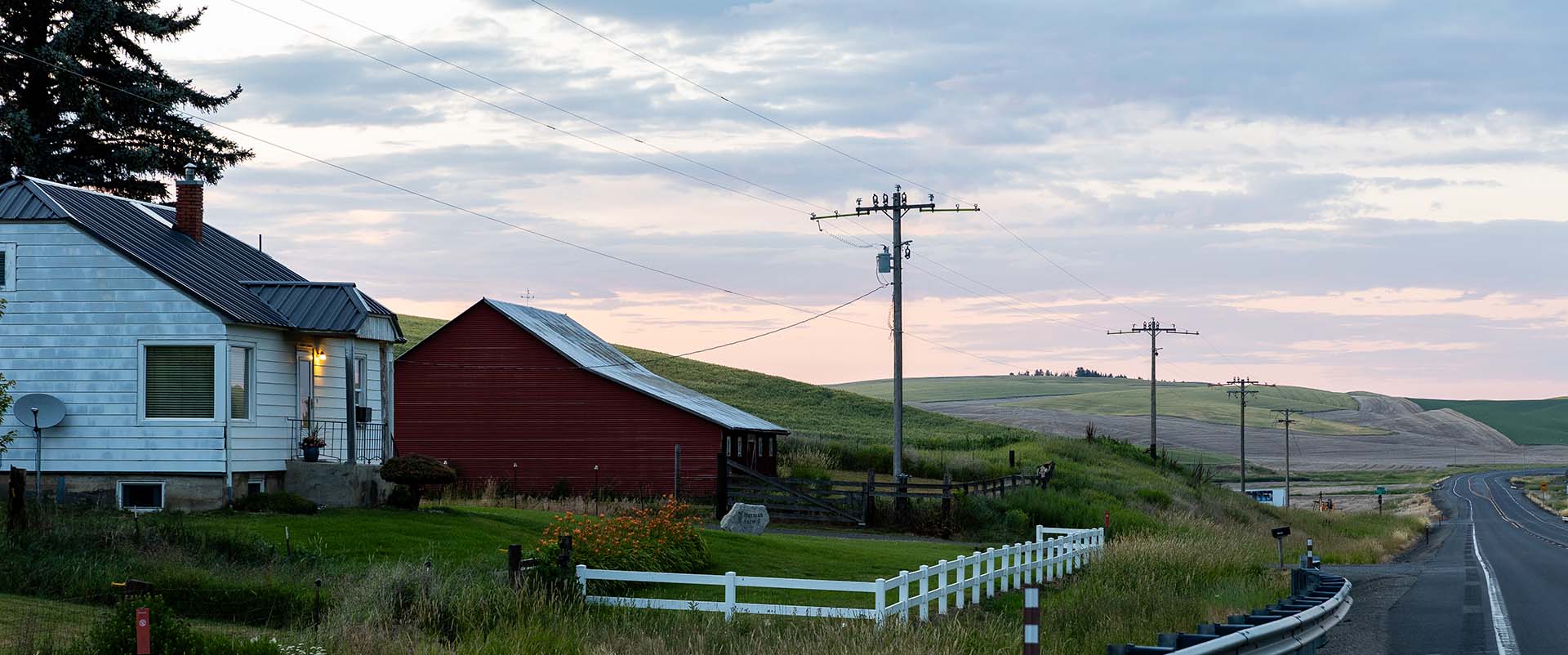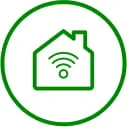Idaho is growing rapidly, with its scenic landscapes, rich natural resources and burgeoning communities attracting both businesses and individuals alike. However, to fully unlock its potential, the state needs to invest in a robust fiber internet infrastructure. Fiber optic internet isn’t just a technological upgrade; it’s a foundational shift that can transform Idaho’s economy, communities and quality of life. High-speed, reliable internet access is no longer a luxury — it’s a necessity for economic growth, education, healthcare and overall connectivity in the modern world.
Current state of internet infrastructure in Idaho
Idaho’s internet infrastructure is a patchwork of outdated technologies and limited access, especially in rural areas. Many residents still rely on DSL or satellite connections, which often struggle to meet the demands of modern life, particularly in areas where high-speed internet is critical for remote work, education and business operations. This digital divide leaves rural communities at a disadvantage and creates significant challenges for businesses, schools and healthcare providers. Without a major infrastructure upgrade, Idaho risks falling behind in the race to build a digitally connected economy.
Growing demand for fast internet
As remote work, online education, telemedicine and smart technology adoption grow, Idaho’s need for fast internet has never been greater. Families are streaming videos, students are accessing digital classrooms and businesses are relying on cloud computing. Fiber infrastructure can meet these demands while ensuring Idaho stays competitive in the digital age. Moreover, the state’s burgeoning tech industry and entrepreneurial spirit require a foundation of connectivity that only fiber can provide.
Idaho's unique geographical and demographic challenges
Idaho’s breathtaking mountainous terrain and dispersed population make traditional broadband expansion challenging and costly. This geography has left many rural areas underserved. Fiber’s scalability and reliability provide a long-term solution that can overcome these barriers, ensuring that no community is left behind in the push for connectivity. By addressing these challenges, fiber can help Idaho balance its natural beauty with the modern infrastructure needed to thrive.
1. Economic development
Boise’s emergence as a tech hub
Boise is fast becoming a hotspot for tech companies and startups, thanks to its business-friendly environment and growing pool of skilled talent. However, without fiber infrastructure, the city risks losing its competitive edge. Fiber internet ensures businesses have the bandwidth and reliability needed to operate efficiently, innovate and attract top talent. A robust digital foundation will solidify Boise’s position as a leader in the tech sector.
Remote work opportunities
The pandemic accelerated the remote work trend, and Idaho’s scenic environment makes it a prime destination for remote workers seeking a better quality of life. Fiber connectivity is essential for seamless video conferencing, cloud-based tools and collaboration platforms. Fast, reliable internet enables Idaho to attract and retain a remote workforce, boosting local economies and fostering innovation.
Business relocation incentives
Companies looking to relocate or expand need reliable internet to operate efficiently. Fiber networks make Idaho more attractive to businesses across industries, from tech startups to manufacturing and agriculture. By investing in fiber infrastructure, Idaho can position itself as a top choice for companies seeking to grow in a state with unparalleled natural beauty and modern connectivity.
Precision farming applications
Agriculture remains a cornerstone of Idaho’s economy, and fiber internet can revolutionize farming practices. Precision farming technologies, such as GPS-guided equipment, IoT sensors and real-time data analysis, depend on reliable, high-speed connections. Fiber empowers farmers to optimize yields, reduce waste and implement sustainable practices, ensuring agriculture remains competitive and efficient.
2. Rural community revitalization
Impact on rural businesses
Fiber empowers rural businesses to expand their markets, streamline operations and compete globally. Local shops, artisans and service providers can reach wider audiences through e-commerce platforms, while improved connectivity enhances customer service and operational efficiency.
Educational opportunities
High-speed internet provides rural students with access to online learning platforms, virtual classrooms, and advanced educational resources. This connectivity levels the playing field, ensuring that rural students have the same opportunities as their urban counterparts to succeed academically and professionally.
Healthcare access
Telehealth services can bridge the gap for rural communities with limited medical facilities, offering remote consultations, diagnostics and follow-up care. Fiber connectivity ensures that healthcare providers can deliver high-quality services without the delays or interruptions caused by slower internet speeds.
Young professional retention
Access to fiber connectivity helps rural areas attract and retain young professionals who prioritize digital access in their career and lifestyle decisions. High-speed internet enables remote work and entrepreneurship, creating opportunities that encourage young talent to stay and contribute to their communities.
Remote work possibilities
Fiber makes rural Idaho a viable option for remote workers seeking affordable living, stunning natural surroundings and a high quality of life. Reliable internet ensures that professionals can work from anywhere without compromising productivity.
Quality of life improvements
From seamless streaming to smart home technologies, fiber enhances everyday living for rural residents. Reliable connectivity enables people to enjoy entertainment, stay connected with loved ones and access essential services with ease.
3. Educational advancement
Digital learning resources
Fiber enables fast and reliable access to e-learning tools, from virtual labs and interactive lessons to multimedia-rich content. Students can explore subjects in depth, collaborate with peers and benefit from a broader range of learning experiences.
Remote education capabilities
With fiber, students can participate in virtual classrooms and engage with teachers and peers in real time, no matter where they live. This capability is especially crucial during emergencies or when in-person attendance isn’t possible.
Distance learning programs
Post-secondary institutions can expand their online course offerings, making higher education more accessible to all Idahoans. Fiber-powered distance learning helps students gain skills and credentials without the need to relocate or commute.
4. Healthcare transformation
Rural healthcare access
Fiber brings telemedicine to underserved areas, reducing the need for long travel times and improving health outcomes. Patients in rural communities can consult specialists, receive diagnoses and access treatments without leaving their hometowns.
Remote patient monitoring
High-speed internet allows for real-time monitoring of chronic conditions, enabling proactive care and reducing hospital visits. This connectivity ensures that patients receive timely and effective care, no matter where they are.
5. Public safety and emergency services
Disaster response coordination
Fiber enhances communication between agencies during natural disasters, ensuring faster and more effective responses. Reliable connectivity is critical for coordinating evacuations, disseminating information and managing resources during emergencies.
Public safety network reliability
A fiber backbone ensures reliable connections for police, fire and emergency medical services, enabling them to respond quickly and effectively to incidents. This infrastructure supports public safety and protects communities.
Utility grid management
Smart grid technologies powered by fiber improve energy efficiency and outage management. These systems enable utilities to detect and resolve issues faster, reducing downtime and enhancing service reliability.
6. Competition and consumer choice
Service quality improvements
Fiber introduces competition, driving better service and pricing for Idaho consumers. With more providers in the market, residents can expect higher standards and improved customer experiences.
Consumer empowerment
With more options, consumers can choose the best service to meet their needs. Fiber connectivity empowers users to access faster speeds and more reliable services, enhancing their overall internet experience.
New service offerings
Fiber enables innovations like 10 Gig internet speeds, benefiting businesses and households alike. Advanced services become accessible, paving the way for smart home technology, immersive gaming and more.
Technology adoption
High-speed internet accelerates the adoption of emerging technologies, from IoT devices to AI-powered applications. Fiber infrastructure ensures Idaho stays at the forefront of innovation.
7. Real estate and property values
Home value increases
Homes with fiber internet often see increased property values, making it a smart investment for communities. Buyers prioritize connectivity, and fiber ensures homes are future-ready.
Commercial property attraction
Businesses prioritize locations with reliable internet, making fiber a key factor in commercial real estate decisions. Fiber-enabled properties attract high-value tenants and drive economic growth.
Smart city initiatives
Fiber infrastructure supports smart city technologies, improving traffic management, energy use, public services and overall urban planning. These initiatives create more livable and efficient communities.
8. Government services and efficiency
Online service delivery
Fiber enables faster, more reliable access to government services for Idaho residents. From filing taxes to renewing licenses, digital services become seamless and accessible.
Permit processing
Efficient online systems for permits and licenses reduce wait times and streamline processes, benefiting both residents and businesses. Fiber ensures these systems operate smoothly.
Public record access
Fiber ensures quick and easy access to public records, promoting transparency and convenience for citizens. Reliable connectivity eliminates delays and frustrations.
Cost reduction opportunities
Digital services powered by fiber can significantly reduce operational costs for government agencies, freeing up resources for other initiatives and improving overall efficiency.
9. Environmental benefits
Remote work impact
Fiber reduces commuting, lowering emissions and easing traffic congestion. This shift supports Idaho’s environmental goals while improving work-life balance for residents.
Paper reduction
High-speed internet enables digital workflows, reducing paper waste and promoting sustainability. Fiber supports environmentally friendly practices in schools, businesses and government.
Travel reduction
Teleconferencing and remote services minimize the need for travel, benefiting both the environment and productivity. Fiber makes it easier to stay connected without leaving home.
10. Future-proofing Idaho
5G integration
Fiber is the backbone of 5G, enabling widespread, high-speed mobile connectivity. Investing in fiber ensures Idaho can support next-generation technologies and stay competitive.
Industry diversification
Fiber infrastructure attracts diverse industries, from tech and healthcare to finance and entertainment. This diversification strengthens Idaho’s economy and creates resilience against economic downturns.
Workforce development
Access to fiber prepares Idaho’s workforce for the digital economy, fostering innovation, skills development and growth. High-speed connectivity ensures Idahoans are ready for the jobs of tomorrow.
Investing in fiber infrastructure is an investment in Idaho’s future. From economic development to educational opportunities, healthcare transformation and environmental benefits, fiber is the key to unlocking the state’s full potential. Idaho has the chance to become a leader in connectivity, bridging the digital divide and creating opportunities for all its residents. It’s time for Idaho communities, businesses and leaders to come together and support this critical advancement.
We’re expanding our fiber network in Idaho
Find your city on the list to see if fiber is on its way or ready to order. Not available in your city yet? Sign up below for fiber expansion updates to stay in the know.
Blanchard
Bonners Ferry
Coeur d'Alene
Genesee
Hayden
Homedale
Horseshoe Bend
Kellogg
McCall
Moscow
Mullan
New Meadows
Orofino
Osburn
Parma
Peck
Pinehurst
Post Falls
Potlatch
Priest River
Rathdrum
Riggins
Sandpoint
Spirit Lake
St. Maries
Wallace
Weippe






